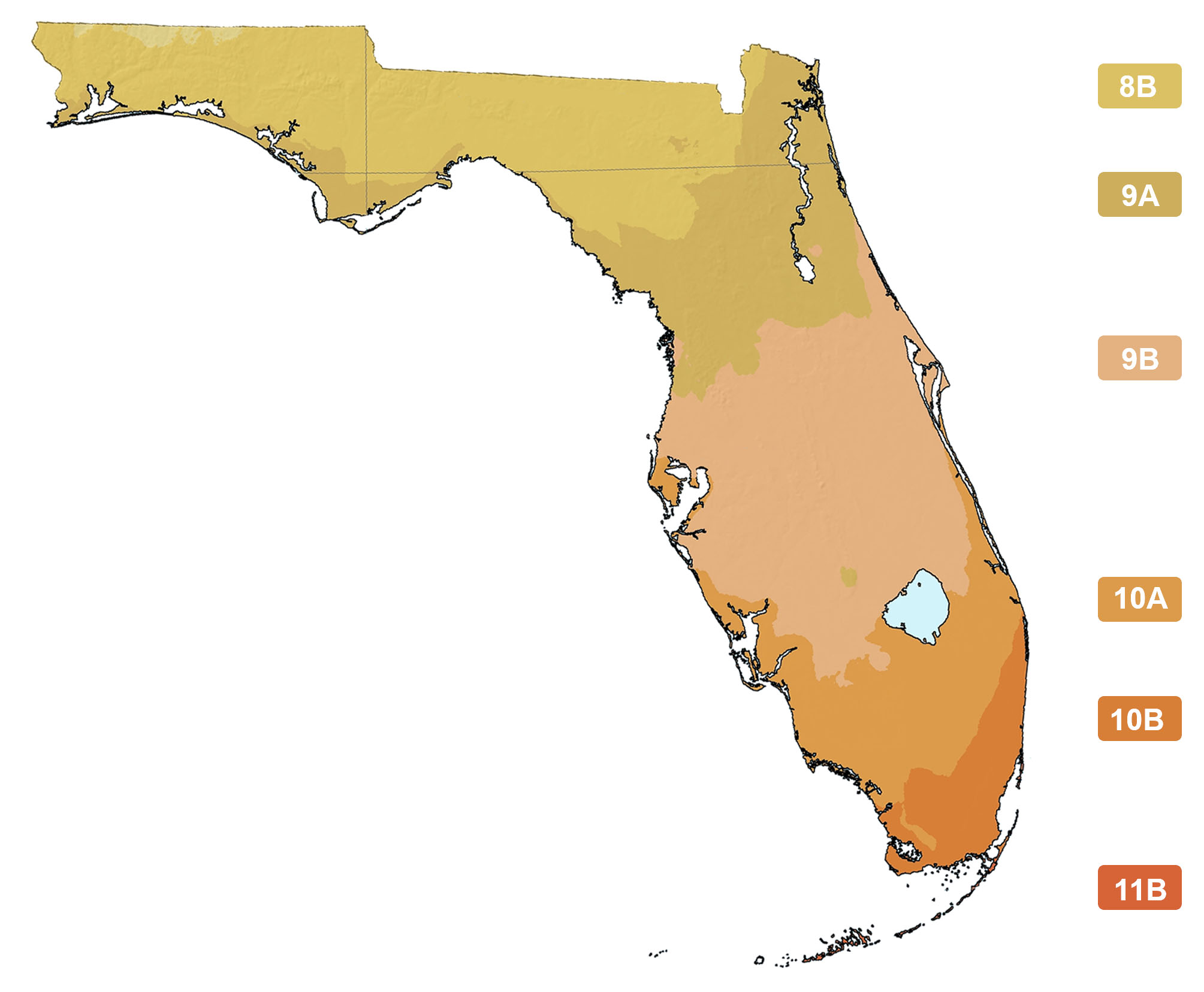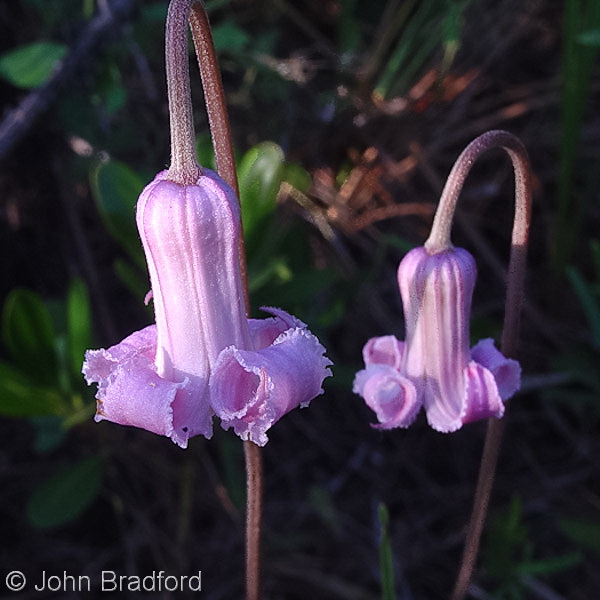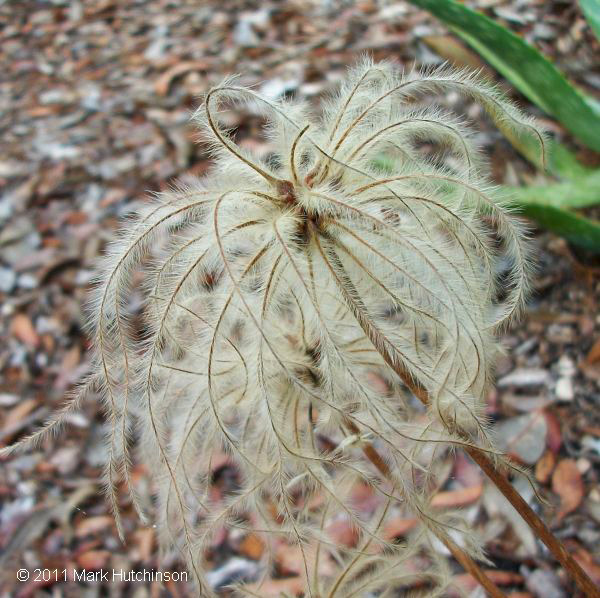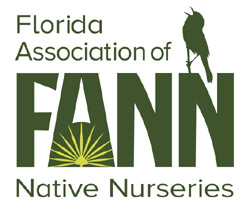Clematis baldwinii
Photographs belong to the photographers who allow use for FNPS purposes only. Please contact the photographer for all other uses.
Pine-hyacinth
Rannunculaceae
Plant Specifics
| Form: | Flower | |
| Size: | 1.0 - 1.5 ft tall by 1.0 - 2.0 ft wide | |
| Life Span: | Long-lived perennial | |
| Flower Color: | Lavender | |
| Fruit Color: | White | |
| Phenology: | Winter dormant. Flowers sporadically in spring - autumn. | |
| Noted for: | Showy flowers, Showy fruits, Interesting foliage |
Landscaping
| Recommended Uses: | Wildflower gardens in piney areas. | ||||||||||||||||||||||||||||||||||||||||||
| Considerations: | Easily lost in flower beds. | ||||||||||||||||||||||||||||||||||||||||||
| Propagation: | Seed, but no easy methods. | ||||||||||||||||||||||||||||||||||||||||||
| Availability: | Friends, Native nurseries | ||||||||||||||||||||||||||||||||||||||||||
| Light: | Full Sun, Part Shade, Shade | ||||||||||||||||||||||||||||||||||||||||||
| Moisture Tolerance: |
always floodedextremely dry |
||||||||||||||||||||||||||||||||||||||||||
| (Stays Wet ----- to ----- Not wet but not extremely dry) | |||||||||||||||||||||||||||||||||||||||||||
| Moisture Tolerance: | Stays Wet ----- to ----- Not wet but not extremely dry | ||||||||||||||||||||||||||||||||||||||||||
| Salt Water Flooding Tolerance: | Not salt tolerant of inundation by salty or brackish water. | ||||||||||||||||||||||||||||||||||||||||||
| Salt Spray/ Salty Soil Tolerance: | Low/no tolerance of salty wind or direct salt spray | ||||||||||||||||||||||||||||||||||||||||||
| Soil or other substrate: | Sand | ||||||||||||||||||||||||||||||||||||||||||
| Soil pH: | Neutral to slightly acidic | ||||||||||||||||||||||||||||||||||||||||||
Ecology
| Wildlife: |
| |
| Insects: | Pine-hyacinth attracts many pollinators, from bumblebees and other native bees to butterflies. | |
| Native Habitats: | Wet flatwoods. Scrub and sandhill |
Distribution and Planting Zones
Natural Range in Florida
USDA Zones
Suitable to grow in:
10A 10B 9A 9B

USDA zones are based on minimum winter temperatures
Comments
| Ethnobotany: | The Seminole tribe used infusion of plant for sunstroke | |
| General Comments: | In full sun areas, this plant will become close to dormant in the summer. Cutting back dried out foliage will stimulate new growth in the Fall. Endemic to peninsular Florida. |










